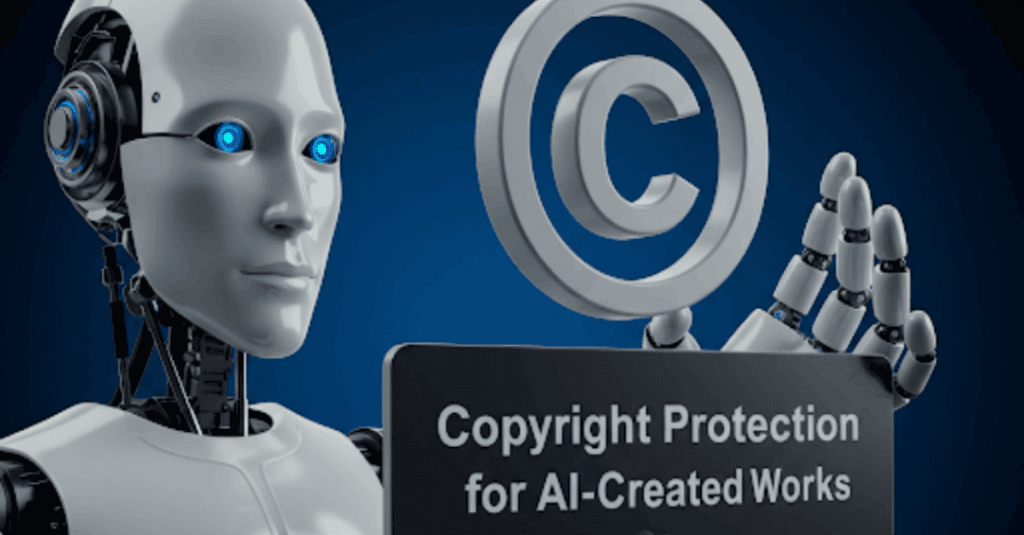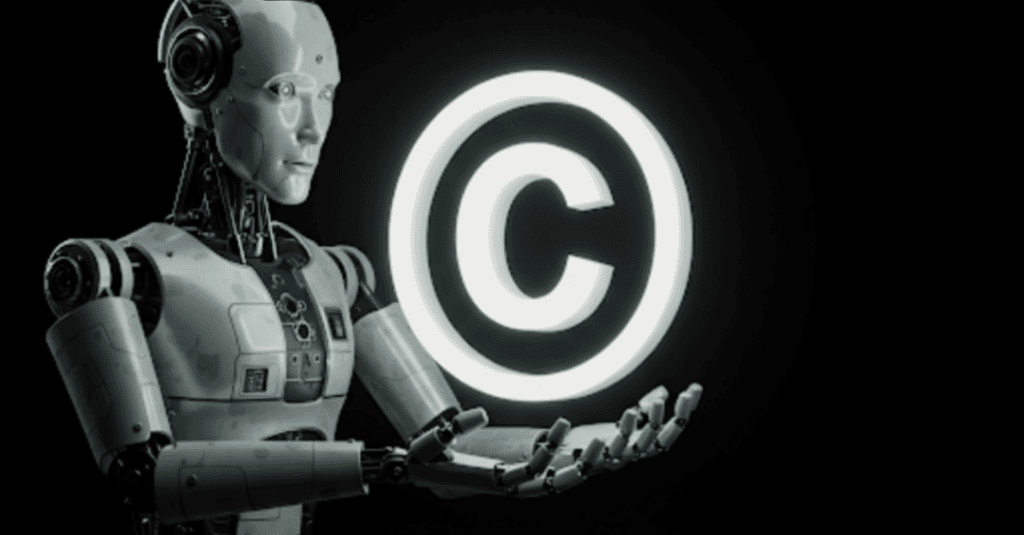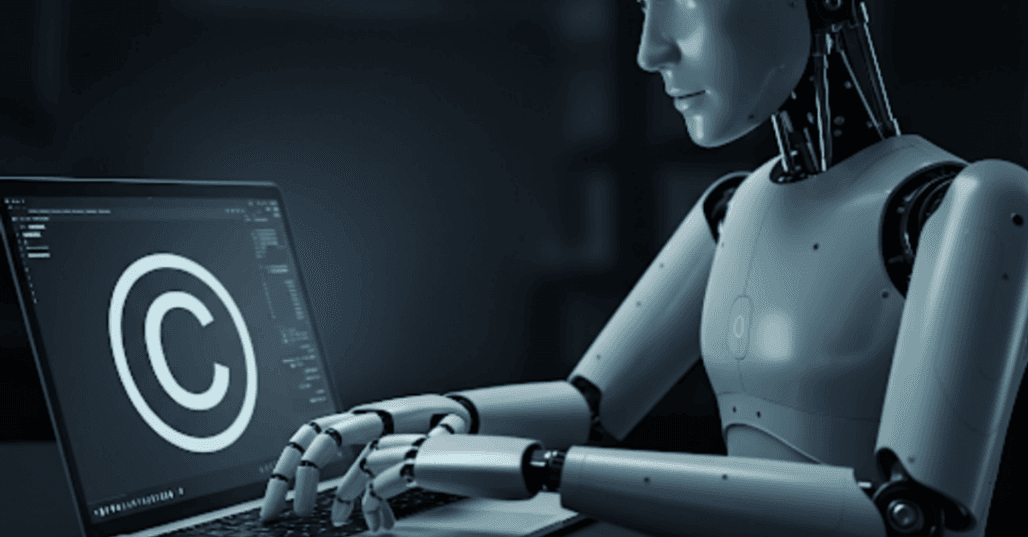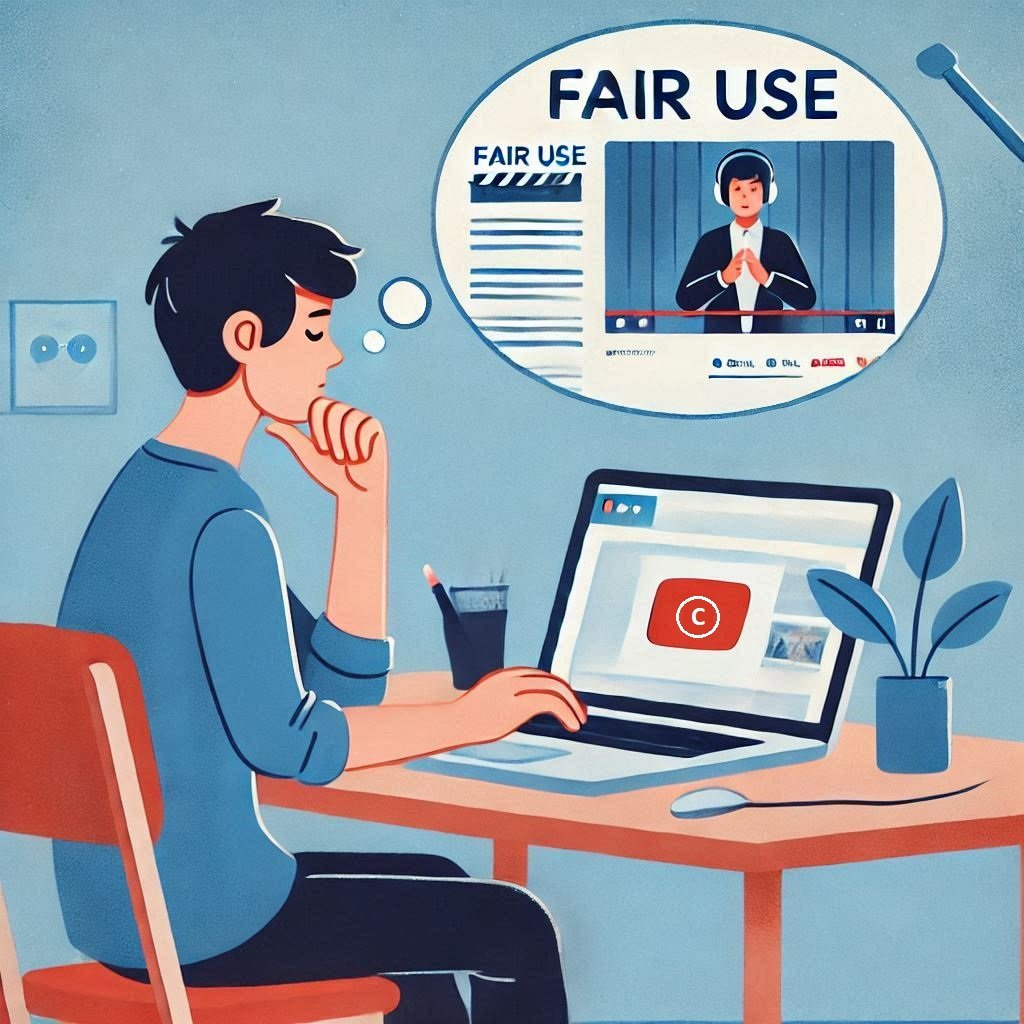Background
In a landmark decision, the U.S. Copyright Office has granted copyright protection to an AI-generated image for the first time. The image, titled ‘A Single Piece of American Cheese’, was created by Kent Keirsey using the generative AI platform Invoke. This landmark ruling acknowledges the significant human involvement in the creative process, setting a precedent for future AI-generated works.
U.S. Copyright Law: Key Rules and Principles
U.S. copyright law is designed to protect original works of authorship fixed in a tangible medium. Key principles include:
- Originality: The work must be independently created and possess a minimal degree of creativity.
- Fixation: The work must be captured in a sufficiently permanent medium, allowing it to be perceived, reproduced, or communicated for more than a transitory period.
- Human Authorship: The work must be created by a human being; works generated solely by machines or natural forces without human intervention are not eligible for copyright.
These principles guide the determination of what constitutes a protectable work under U.S. law.
Understanding Copyright Protection for AI-Created Works in U.S.

The U.S. Copyright Office released Part 2 of its Report on Copyright and Artificial Intelligence on January 29, 2025. This report clarifies that works created entirely by generative AI without human creative input are not eligible for copyright protection.
Further, it is mentioned that Copyright protects original human-created work, even if it includes AI-generated material. Pure AI-generated content or content with insufficient human control is not protected. Human contributions to AI-generated works are analyzed on a case-by-case basis.
The report emphasizes that existing principles of copyright law are flexible enough to apply to this new technology. It concludes that the outputs of generative AI can be protected by copyright only where a human author has determined sufficient expressive elements.
Court Decisions That Denied Copyright for AI-Generated Art

The emergence of artificial intelligence (AI) in art creation has led to significant legal discussions, particularly regarding copyright eligibility. The U.S. Copyright Office (USCO) maintains that works lacking human authorship are ineligible for copyright protection. This stance has been evident in several recent cases.
1. Jason Allen’s “Théâtre D’opéra Spatial” (2023)
In 2022, artist Jason Allen utilized the AI tool Midjourney to create “Théâtre D’opéra Spatial,” an artwork that won first place in a Colorado State Fair art competition. However, the USCO denied his copyright application, emphasizing that the work lacked sufficient human authorship. Allen has since filed a lawsuit challenging this decision.
2. Kris Kashtanova’s “Zarya of the Dawn” (2023)
Similarly, Kris Kashtanova’s graphic novel, “Zarya of the Dawn,” featured AI-generated illustrations. The USCO granted copyright for the text and the arrangement of images but excluded protection for the individual AI-created visuals, citing the absence of direct human creativity.
3. Steven Thaler’s A Recent Entrance to Paradise (2022)
the U.S. Copyright Office denied registration for the artwork, which was autonomously created by Stephen Thaler’s AI system known as the “Creativity Machine.”
The Office concluded that the work lacked the necessary human authorship required for copyright protection. Thaler’s subsequent appeals were unsuccessful, with the Office reaffirming its stance that copyright law protects only works produced by human creativity.
First Copyright for AI-Generated Image: ''A Single Piece of American Cheese"
In August 2024, Kent Keirsey, founder and CEO of Invoke, applied for copyright protection for his AI-assisted artwork titled “A Single Piece of American Cheese.“
The U.S. Copyright Office initially denied the application, citing concerns over the lack of human authorship. Undeterred, Keirsey, with legal support from Cooley LLP, filed a request for reconsideration, emphasizing the significant human involvement in the creation process.
On January 30, 2025, the Copyright Office reversed its decision and granted copyright protection, marking a historic first for AI-generated art.
Arguments Presented by Kent Keirsey
Keirsey’s primary argument centered on the substantial human creativity involved in producing the artwork. He demonstrated that the piece was not merely the result of an AI generating an image from a text prompt. Instead, he showcased a detailed process where he:
- Iterative Refinement: Keirsey used Invoke’s inpainting tools to modify specific areas of the image, making deliberate choices about which sections to alter and how to enhance them.
- Creative Decision-Making: He selected from multiple AI-generated options, deciding which elements to incorporate, adjust, or discard, thereby exercising artistic judgment throughout the process.
- Comprehensive Documentation: To substantiate his claims, Keirsey meticulously documented each step of his creative journey, providing a clear record of his contributions and the evolution of the artwork.
By highlighting these aspects, Keirsey argued that the final piece was a product of human authorship, with AI serving as a tool under his guidance, rather than an autonomous creator.
Court's Considerations in Granting Copyright Protection
In its assessment, the U.S. Copyright Office considered several key factors:
- Human Authorship: The Office evaluated the extent of human involvement in the creation process, determining that Keirsey’s active participation met the threshold for authorship.
- Selection and Arrangement: The deliberate selection, coordination, and arrangement of AI-generated elements by Keirsey were recognized as creative acts warranting protection.
- Precedent and Legal Standards: The decision aligned with existing legal standards that protect works exhibiting human creativity, even when assisted by technological tools.
The US copyright office stated that the work met the required legal standards by effectively selecting, coordinating, and arranging AI-generated elements. These principles are fundamental to creating compilations eligible for copyright protection.
Implications for Future AI-Assisted Creations
This landmark case sets a precedent for artists utilizing AI in their creative workflows. It suggests that to secure copyright protection, creators should:
- Engage Actively: Maintain a hands-on role in the creative process, making intentional decisions about the content and form of the work.
- Document the Process: Keep detailed records of each step, highlighting the human contributions and the use of AI tools.
- Understand Legal Requirements: Familiarize themselves with copyright laws to ensure their works meet the necessary criteria for protection.
By following these practices, artists can better protect their creative work in the age of AI-assisted art. While technology is advancing rapidly, human creativity remains at the heart of copyright protection.
Conclusion
AI is transforming the creative process, but the U.S. Copyright Office has made one thing clear—copyright laws are built to protect human creativity, not machines. AI can assist and enhance artistic work, but without significant human involvement, the work may not qualify for copyright protection.
For artists, writers, and creators using AI tools, the key takeaway is simple: to claim copyright, your human touch must be evident. Whether it’s guiding the AI, refining its output, or blending it with your original ideas, your role in shaping the final work is what matters legally.
As copyright laws continue to evolve, creators should stay updated on legal changes and best practices. The future of AI and copyright remains uncertain, but one thing is clear—human ingenuity will always be at the core of creativity and ownership.
References:
Invoke Report on AI-Generated Image: Invoke. (n.d.). A Single Piece of American Cheese: An AI-Generated Image. Retrieved from Invoke’s official website
U.S. Copyright Office Official Report: U.S. Copyright Office. (2025). Copyright and Artificial Intelligence, Part 2: Copyrightability. Retrieved from U.S. Copyright Office.
Disclaimer: The information in this article is for general informational purposes only. Every effort has been made to ensure accuracy and completeness, but no warranties or guarantees are given about the reliability or suitability of the content. Any reliance placed on the information is strictly at the reader’s own risk. The views and opinions expressed in this article are based on my own understanding of the subject matter. The author will not be liable for any loss or damage arising from the use of this article.




